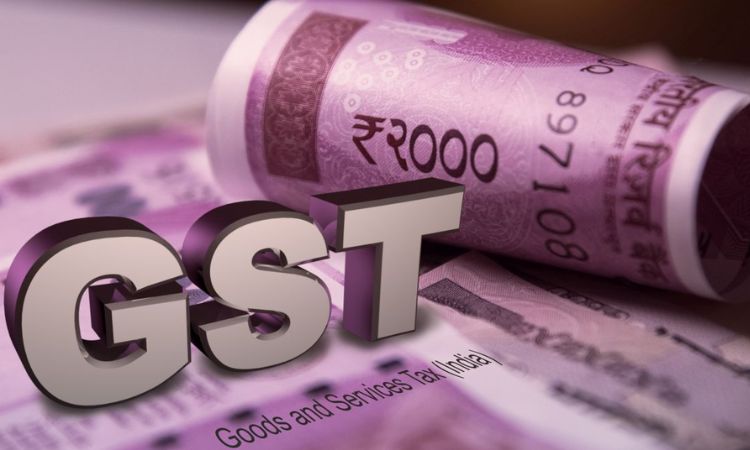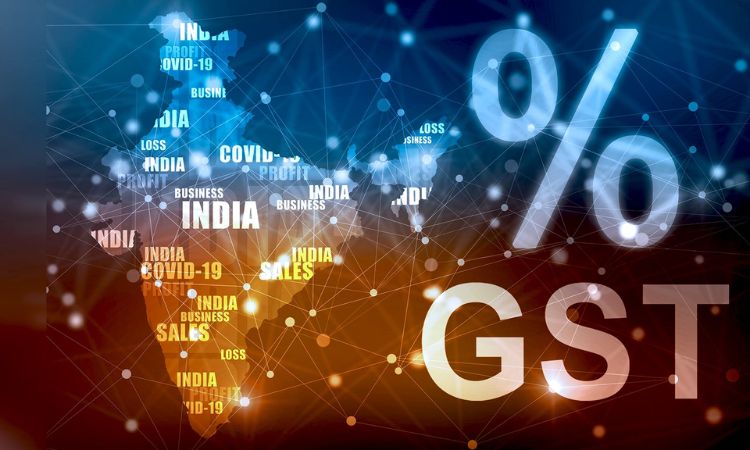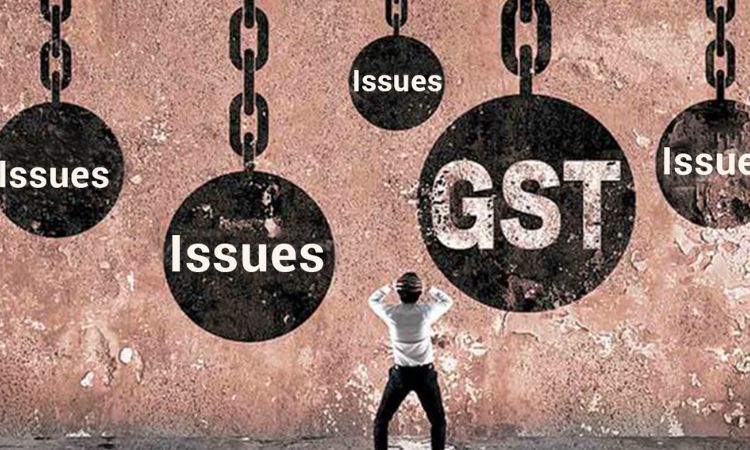Among all the taxes that were levied by the government, the Goods and Services Tax (GST) has been the most popular and the one which created a lot of confusion among the masses.

GST was sought to be the change that would help India bring major changes in its economy. With all the chaos and confusion that you yourself would have had regarding the topic; Today in this article we have tried to compile the latest facts and figures which will surely help you to understand this tax better. So make sure, not to skip in between. Let’s begin-
What is GST?

To begin with, taxes are of two types- Direct and Indirect Taxes. GST is an indirect tax that is levied on the supply of goods and services in India. In easy words, this is a destination-based tax, so its levied on every stage of the supply chain of a product from start to end. The GST was a major changemaker in the Economic system of India as it replaced the other list of taxes that were making the Indian Economic System burdened and complicated as well. With the advent of GST, taxes such as service tax, excise duty, Value Added Tax(VAT), and the other taxes that were imposed were all replaced. GST was bought by the government in 2017, July 1 to create a simple and unified tax structure in the country.
The introduction of GST also was responsible to create a platform for every and any type of business idea. Different and unique business ideas have been doing exceptionally well in recent years. Regardless of the size and location businesses are operating much more comfortably and easily than before. The transparent tax system that GST provided itself is a bane for businesses and startup owners as it helped to reduce corruption and tax evasion. With all of the above conditions, India actually holds third place in the startup founding countries in the world at present. The tax has provided a competitive yet growth-oriented platform to all the business owners in the country.
Benefits of GST for Indian businesses:

Since the introduction of GST, people have been divided on their opinions regarding the tax being levied. You also would have seen, read, or heard people telling about lots of disadvantages in general but have you ever wondered that does tax actually can make any change to the ground reality or unlike other measures it will also not be able to change the reality of the masses of the country.
Honestly, if we look at the tax it actually has benefits for businesses operating in India. Some of the benefits are given below-
Easy to do Business: For business, it becomes a tough task when a lot of tasks are imposed by the concerned governments on them. This makes the new ideas and startup owners curb a little and step back before making their ideas into a reality. GST since its implication has created and provided business owners with a very simple and easy-to-understand tax system. Businesses and startups are growing rapidly in India. Thanks to GST.
Impact of GST on small and medium-sized enterprises (SMEs):

Small and Medium Sized Enterprises have a large share in developing the economy of India. The impact of GST on SMEs can be seen as a mixed one. The compliance burden has been increased on SMEs but also GST bought more platforms for businesses of different types and ideas. With the unified tax structure, many startups, and companies were able to expand their operations in many other states and parts of the country much more easily than before, which was responsible to bring significant growth to the country. It is a well-known fact that not all businesses have the resources to comply with the GST and hence they were affected by it.
Many companies in the country have faced difficulties in their operations because of the new tax structure. But on the other, there have been many companies who were able to expand their operations and explore and enter new markets and make huge profits as well. Overall the impact of GST depends on various factors but if implemented properly this tax can help the SME and MSME sectors to reach new ideas, and also once again we will see the power of India-manufactured goods all around the world.
Was the implementation of GST easy in India?

Since the introduction of the GST bill in the parliament house, many intellectuals, common people, and economists were voicing their opinions that it will be very tough to implement this new tax on the large population of the country considering many factors like lack of detailed and deep information on the economics and tax system in the citizens, the tax being difficult to understand for commoners, etc.
But it needs to be remembered at the same time that GST has been a significant tax reform in the country, not only has this tax system created a more streamlined and efficient tax structure but also paved opportunities for businesses and operations to expand and invest. To make the impossible possible, the Government of India formed GST Council to oversee and check the implementation and its processes.
The implementation of GST was not as easy as it looked, it required a massive overhaul of the existing indirect tax system. To make the tough process a little easier GST was implemented in the country in a staged process step by step and today in 2023 we can the outcomes of the implementation. Business communities all around India have welcomed the tax system with much enthusiasm and comfort in recent years.
Challenges faced by Indian businesses under GST:

Everything has two faces one is positive and the other one is negative. Whenever a change is made irrespective of the field it belongs to it does bring with itself challenges, the same happened with businesses and their owners as well. In the initial years of GST implementation, many business owners were unable to understand the process of the tax system. There were many businesses that were rolled down by the multiple filing process and compliance of the same in the new tax system. Maintenance of the records was another issue daunting the business owners and it also has increased the administrative workload of the businesses and startups in general.
Looking at the Future Prospects:
From business operations to the implementation of ideas, GST bought big and significant changes in the country. Since the implementation of GST, Revenue collection by the government has also increased in recent years. This boost in the collection will give birth to new opportunities and this money is used to develop and felicitate infrastructure, development, and different other projects that will benefit businesses and startups in the long run.
Also, it needs to be remembered that India is a country that has a constitution that allows changes in itself with the need of the time, bringing changes in the GST tax structure in the future can also be done as per the needs of the country and its citizens and their feedback. This will simplify the tax structure more in order to cater to the needs and aspirations of the nation along with reducing the burden on businesses.
Conclusion:
GST (Goods and Services Tax) was responsible to bring big changes in the Indian business sector. From replacing multiple taxes (indirect) and replacing them with a single tax, the GST has been able to create a uniform tax structure around the country. The introduction of GST also paved the way for a reduction in the compliance burden on businesses and also it eliminated the cascading tax effect, on the other hand, it also made the costs lower for the consumers and customers. In the most populated country in the world implementing GST has itself been a big thing to do. But disregarding the hardships and difficulties in the implementation phase, and looking at the future prospects it’s well known that GST far outweighs the initial teething problems.















